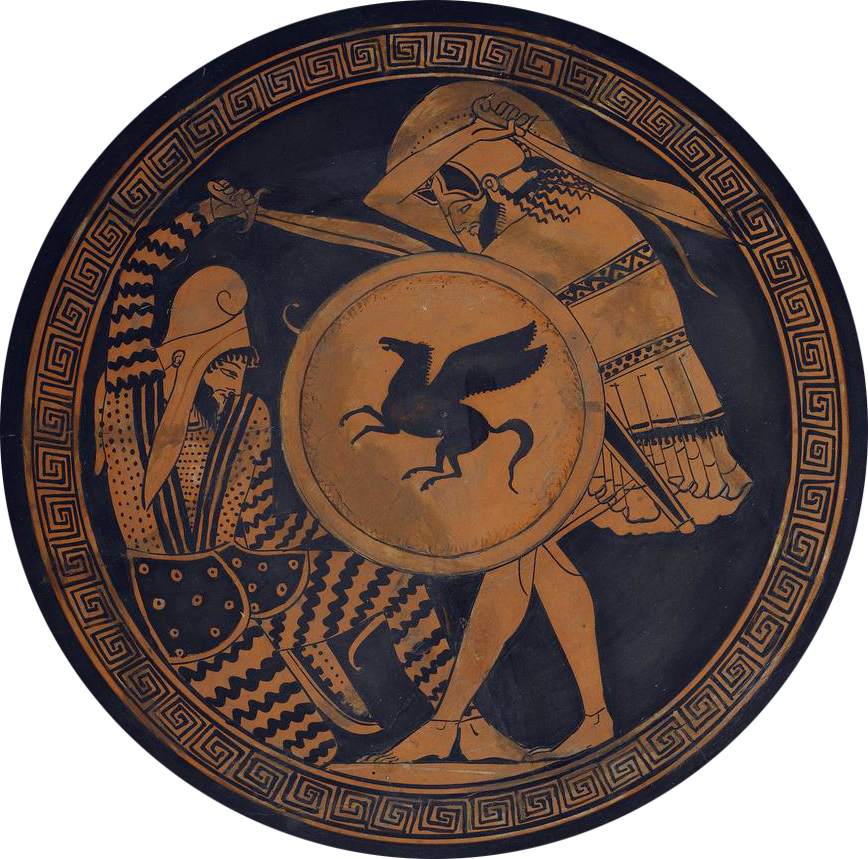Phrossack said:Interesting sources. I recalled the Immortals being said to wear scale cuirasses. But even then they were outmatched by the best Greek hoplites, who had helmets with faceguards, large, heavy wooden shields, bronze breast- and backplates, and greaves. Even the Immortals seemed to lack so much as helmets. Their wicker shields were light and able to parry blows and stop arrows and sling bullets, but probably weren't too effective against spear thrusts. Greek spears were significantly longer than Persian spears, and their swords outmatched the Persian akinakes, which was basically a long dagger. True, your average hoplite didn't necessarily have much armor beyond a helmet, if that, but their emphasis on close combat of phalanxes, and their suitable equipment, were more than a match for lighter Persian troops.
You seem to be conflating a bunch of things here. I wasn't talking about the average Persian soldier who was, as you noted, lightly armored and somewhat more lightly armed (insofar as their spears were shorter) duking it out with the best of Greece or even the Immortals going one on one with the best of Greece. What I was talking about is how the very large, pointy, profressional end of the Persian stick, the bit that did the heavy lifting of empire, and fought campaign after campaign, were broadly comparable to Greek hoplites in most things, and were therefore heavy infantry. I also noted how many of these dudes there were and how the Persians, using just the Immortals, could muster more troops than most city-states and more heavy infantry most of the major leagues. The Boeotian League at the Battle of Lectra only managed something like 7000 hoplites total. I also noted that there might well have been more formations of Persians similarly armed and how this was further augmented with Greek mercenaries. As to the spear issue, I'm not sure the extent to which it matters. Herodotus doesn't mention spear length being the issue in Persian performance but rather their lack of armor. And in the case of the Immortals, he's quite careful to differentiate the battlefield performance of the Persian infantry from the Immortals who, he notes, acquitted themselves very well. This being due, I suppose, to their armor and skill as professional soldiers. So while there might be slight differences in terms of shields and spear length, these things don't seem to have been that important.
tl;dr: Immortals were probably better armored than the average hoplite and qualify as heavy infantry.







 Indeed the thread was running a clear risk of moving far away from Poland
Indeed the thread was running a clear risk of moving far away from Poland 